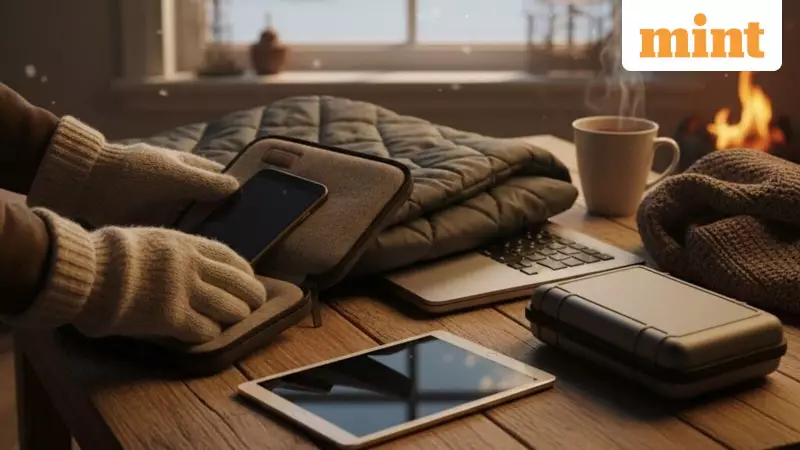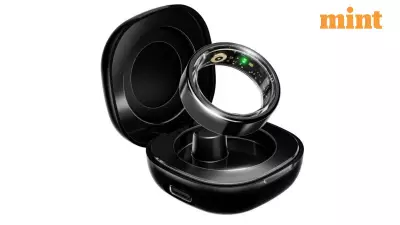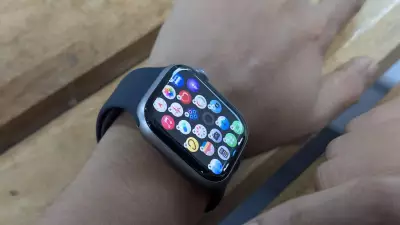
As winter tightens its grip across northern India, our electronic companions face hidden threats that could leave us disconnected when we need connectivity the most. The biting cold doesn't just challenge our comfort—it silently attacks the very devices that keep us connected to work, family, and entertainment.
Why Cold Weather Wreaks Havoc on Your Electronics
Your smartphone, laptop, and tablet perform optimally at typical room temperatures between 0°C to 35°C. Venture below freezing, and you'll witness rapid performance degradation that can permanently damage your expensive equipment. The primary culprit? Lithium-ion batteries that power most modern devices.
When temperatures plunge to -10°C, you might find your phone shutting down unexpectedly despite showing half battery, or your laptop struggling to maintain charge. This occurs because chemical reactions within lithium-ion batteries slow down significantly in cold conditions. At temperatures below -5°C, these batteries operate at the edge of their capabilities.
Display technology suffers equally. Touchscreens become laggy or unresponsive, while older LCD screens risk permanent damage or cracking from minor impacts when cold. Traditional hard disk drives in laptops experience sharp performance drops, and rapid temperature changes can cause dangerous condensation buildup inside devices.
Practical Protection Strategies for Your Gadgets
Fortunately, simple preventive measures can safeguard your technology through the coldest months. Carry your phone in an inside pocket close to your body, where it can benefit from your natural body heat during outdoor movement. For larger devices like laptops and tablets, avoid tossing them directly into backpacks—instead, use insulated sleeves with soft lining that provide both thermal protection and physical cushioning.
Never leave electronic devices in parked vehicles overnight or exposed to freezing conditions. If your gadget has been subjected to temperatures of -5°C or lower, allow it to acclimatize at room temperature for at least 30 minutes before powering on or connecting to chargers. This gradual warming prevents condensation that could short-circuit internal components.
Smart Charging and Emergency Solutions
When bringing devices indoors from the cold, resist the immediate urge to charge them. Provide adequate time for adjustment and potential moisture evaporation. Consider investing in power banks rated for low-temperature operation as backup power sources, since regular batteries often falter in chilly conditions while specialized power banks maintain better performance.
For extended outdoor exposure during long commutes or work requirements, explore additional protective measures:
- Padded cases designed for thermal insulation
- Hand warmer pouches that can share heat with devices
- Emergency insulation using wool socks or similar materials
Handle screens with extra caution during winter months. Cold glass and plastic become exceptionally brittle, making them vulnerable to cracks from firm tapping, snow wiping, or contact with sharp objects. Wait until devices reach normal temperatures before cleaning screens or applying pressure.
These protective habits require minimal time investment but dramatically extend device lifespan and reliability. Thousands of phones and tablets fail annually not from major accidents but from routine exposure to freezing temperatures and improper charging practices. Treat your technology with the same care you'd extend to winter footwear—store properly, warm gradually, and heed early warning signs of trouble.
Published on 14 November 2025, 06:41 PM IST, these insights from technology expert Bharat Sharma emphasize that with mindful practices, your essential gadgets can successfully survive the winter season and remain reliable partners in your daily life.





